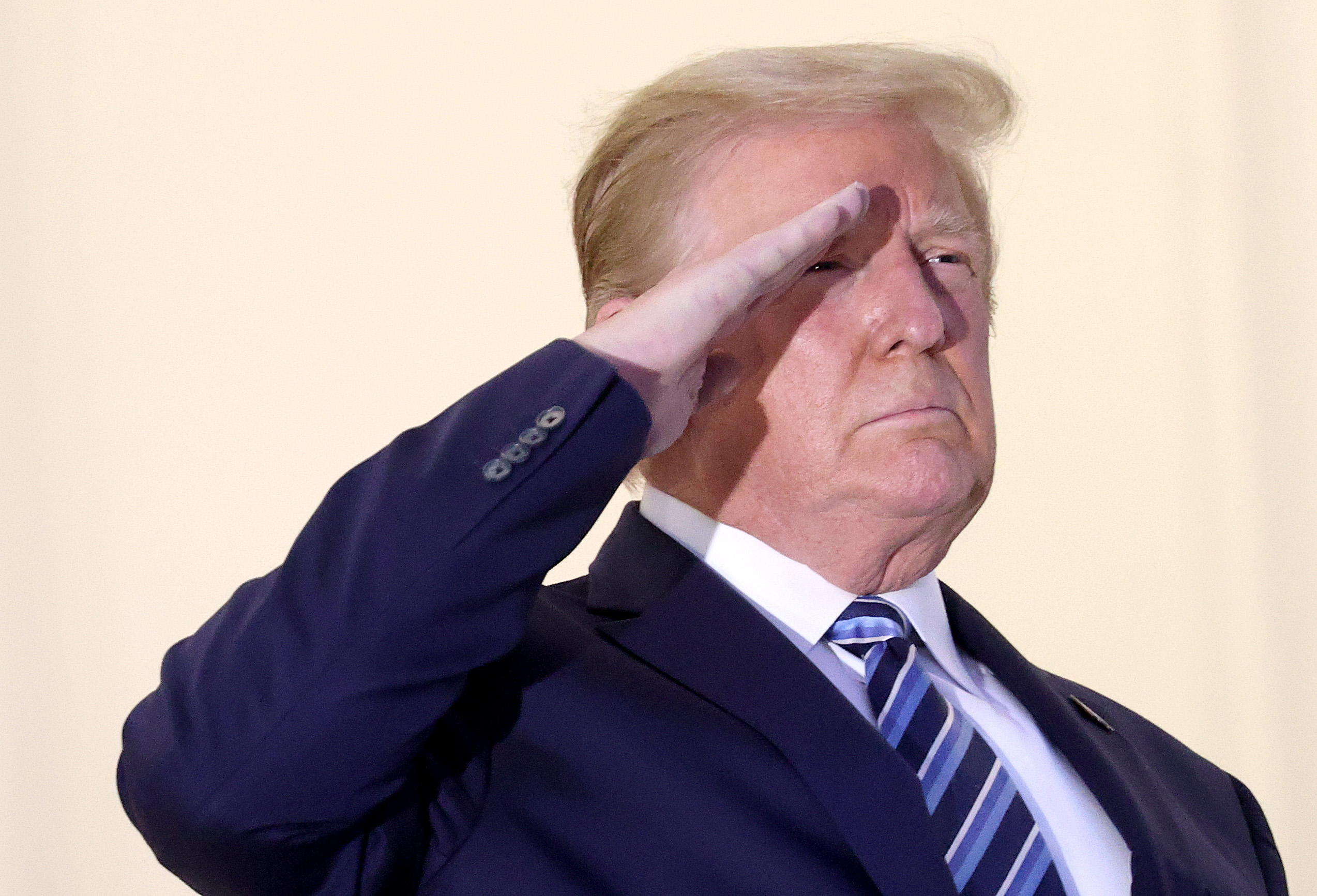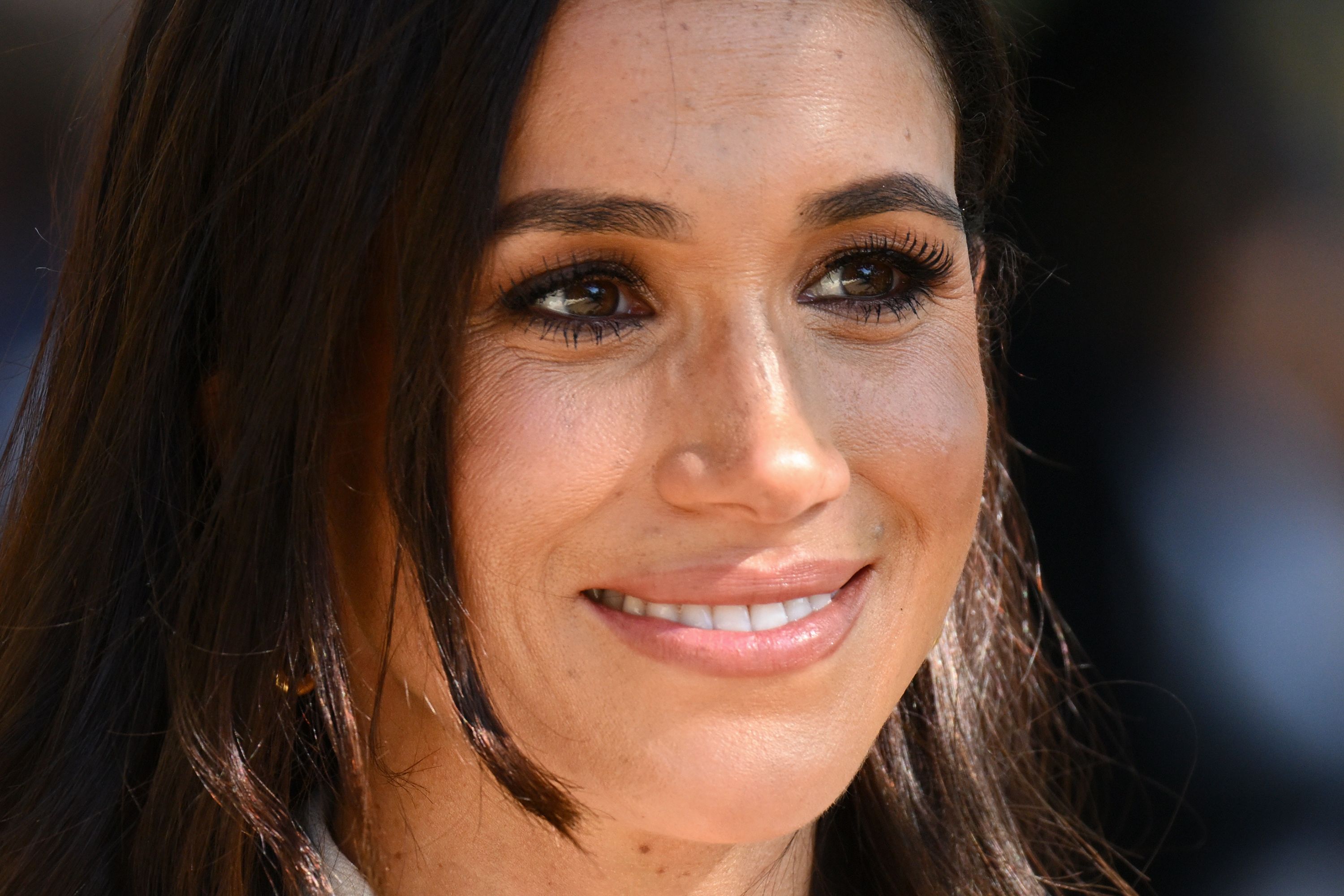The Lunar New Year starts soon, and this year for the Chinese celebration is in honor of the wood snake.
Here's everything you need to know about the Lunar New Year.
Why It Matters
Cultures across Asia traditionally follow the lunar calendar, as opposed to the Gregorian solar calendar followed across much of the world, so the new year's dates fall on different days.
Celebrations of the Chinese New Year traditionally last two weeks, with the two most prominent celebrations on New Year's Eve and New Year's Day. The lunar calendar does not have fixed dates like the Gregorian calendar, so the festivities often land between January 21 and February 20. There are celebrations held throughout Asia.

What is the Lunar New Year?
The Lunar New Year marks the beginning of a new year based on the lunar calendar. The celebration is of the first new moon of the calendar year.
One of the popular celebrations is the Chinese New Year. The annual celebration is an important date for many people across the globe, with up to 2 billion people celebrating worldwide.
The celebrations have prominence across China and East Asia, where many gather to usher in a prosperous and lucky new year, honor ancestors and deities, hold parades and firework displays, and ward off evil spirits.
When is the Lunar New Year?
The Lunar New Year is on Wednesday, January 29. The first seven days of the new year are public holidays in China.
Who Celebrates the Lunar New Year?
Billions of people across the world celebrate the first new moon of the calendar. The Lunar New Year is often celebrated in Asia, including in China, Vietnam, Korea and Tibet.
Other people also celebrate based on the lunar calendar as well as a lunisolar calendar, such as the Islamic New Year, which will be on July 25 this year. The Jewish calendar is also lunisolar, and the Jewish new year is celebrated often in the fall and will be held starting on September 22 this year.
How Long Does the Lunar New Year Last?
The annual festivities in China end on the first full moon of the year, with the celebration of the Lantern Festival, which is held on day 15 of the first month of the lunar calendar.
For other cultures, the duration varies by country.
What Does Year of the Wood Snake Mean?
In the Lunar Calendar, each year is associated with one of the 12 animals in the Chinese Zodiac.
2025 is the Year of the Wood Snake, the sixth animal on the 12-year cycle. The snake is meant to symbolize wisdom, growth and renewal. The snake has the ability to shed its skin, which shows transformation. This is said to make people with the Snake zodiac sign visionaries and good leaders.
Paired with the wood element, which is one of the five elements in Chinese metaphysics, there's a sense of grounding within the year. Wood represents strength and growth. With the snake, wood creates a sense of adaptability and transformation.

How to Celebrate the Lunar New Year
Traditionally, festivities and preparations begin in the month leading up to the New Year. For the Chinese New Year, people decorate with red, which symbolizes luck and vitality. On New Year's Eve, families often join together for dinner as people offer sacrifices to ancestors and pay respect to their elders. The celebration ends with a Lantern Festival, which often features dragons. Children are often given money in bright red envelopes to ring in the New Year. The phrase "Gong Xi Fa Cai!" means "May you have a prosperous New Year!"
Although the Chinese festivities are the most famous, other countries have their own celebrations as well. A common thread is to include special homage to ancestors.
The Vietnamese New Year, also known as Tet, focuses on cleaning out the house. This is meant to ward off bad luck. The family also makes special dishes, like stewed pork and banh chung, which is a type of rice cake made with mung bean and pork belly.
In Korea, families honor their ancestors and play traditional games during their celebrations of Seollal. People often wear traditional attire called Hanbok. Some visit fortune tellers to see what's in store for the coming year.
The Mongolian traditions include food and gifts as well. The month is called Tsagaan Sar, or "White Month." It's a time to honor happiness and purity. There's an emphasis on health too. A New Year's Eve feast often includes dishes like ul boov, or traditional bread; berees, sweetened rice; and dairy products.
There are also traditions that people must avoid doing during the New Year celebrations.
For instance, cutting or washing your hair on the first day of the new year is believed to bring bad fortune, as the Chinese character for "hair" is the same as the first character in the word for "prosper", and doing so is thought to wash off any good fortune.
Additionally, many say that you should not buy new shoes in the first month of the year since the word for shoes sounds like the Cantonese word for "losing."
Are the Chinese New Year and Lunar New Year the same thing?
The Chinese New Year and Lunar New Year are not the same thing. Lunar New Year is a general term that is celebrated by many traditions and holds different cultural significances.
Chinese New Year, also known as the Spring Festival, is the celebration of the Lunar New Year within the Chinese culture.




















 English (US) ·
English (US) ·